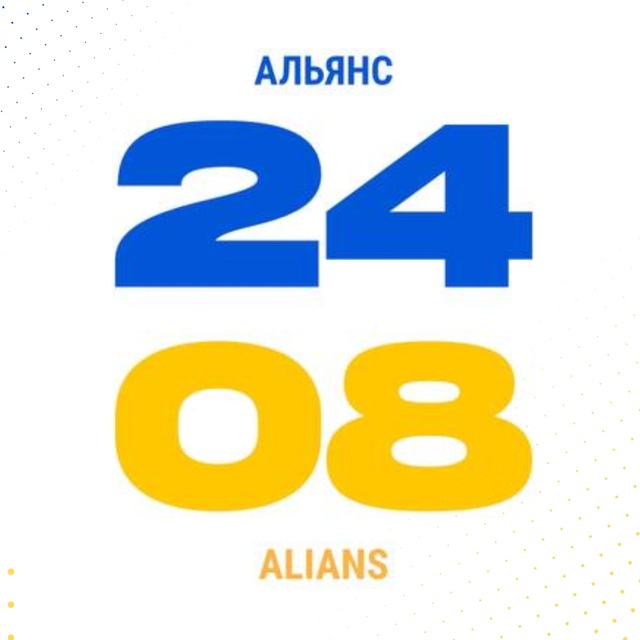
A PROJECT OF THE "YOUTH, THE MEDIA-SAVVY" TRACK
Polish-language Russian disinformation in Telegram and hate speech against Ukrainians (policy brief; 2024)
Russian propaganda actively uses Telegram to spread false information, manipulation, and propaganda messages aimed at reinforcing stereotypes and prejudices against various social groups. Anti-Ukrainian content, which often appears on such channels, fuels hostile sentiments and creates an image of Ukrainians as enemies, which is particularly dangerous in Poland, which hosts a significant number of Ukrainian displaced persons. These actions deepen social divisions, hinder integration, and pose a serious challenge to mutual understanding.
Furthermore, the spread of disinformation contributes to the destabilization of relations between
Poland and Ukraine, which is a strategic goal of Russian information aggression. Analysis of these
processes allows us to identify the sources, methods, and channels of dissemination of such manipulation, enabling a rapid response and the development of effective countermeasures. Our
research also contributes to the media literacy enhancement of Polish society and brings the problem to the attention of the relevant state institutions, developing critical thinking and raising awareness of the harmful effects of disinformation. These are key steps towards maintaining stability and building healthy intercultural dialogue in Polish society. We want our work to have a concrete effect — to block the aforementioned Telegram channels in the Polish media space.
Methodology
This study uses a mixed method that combines quantitative and qualitative elements of content analysis to reveal the impact of Russian disinformation on the Polish-language media landscape and the weaponization of the Polish language against Ukrainians. The collected examples are evidence of hate speech disseminated by the aforementioned Telegram channels. The quantitative approach allows for the collection and analysis of data on the frequency of hate speech in the analyzed channels. In turn, qualitative analysis allows for a more detailed identification of content that poses the greatest threat to the image of Ukrainians in Poland and to bilateral communication.
The data was collected by reviewing content on the following Telegram channels:
- -1-TitleJasnowidz Siostry Jasnowidzki (earlier Nowaeranews)
Niezależny dziennik polityczny
Układ Warszawski
Ukraina w ogniu - -2-Number of subscribers (19.11.2024)14 432
12 596
7 420
1 887
Descriptive statistics, including frequency analysis, were also used to analyze the data in order to determine how often hate speech against Ukrainians appeared on the channels studied. As a result, it turned out that out of 645 posts, 86 (13.33%) contained content reinforcing anti-Ukrainian stereotypes or aggressive calls for violence against Ukrainians.
Why do we believe these channels are linked to Russia, and why is this important?
Firstly, we noticed numerous linguistic errors and Russicisms in the analyzed posts. This indicates that their content was most likely created by people whose native language is Russian, not Polish. We also noticed the duplication of information from Russian-language channels on Telegram, the so-called Z segment, closely associated with PMC Wagner. Furthermore, such conclusions were also drawn on the basis of characteristic features identified in numerous studies, such as those by OKO.press and Investigače.
Russian propaganda often uses manipulative vocabulary and hate speech to influence public opinion and shape negative attitudes towards Ukrainians. Posts deliberately use phrases such as “Banderite” or “meat grinder” to evoke aggressive emotions and dehumanize the other side. Such language divides people into “us” and “them” groups, which is an effective strategy for increasing tension and distrust between nations. The division of people into such groups is rooted at the neurobiological level.
In the context of Polish-Ukrainian relations, such rhetoric emphasizes historical conflicts, creating the impression that Ukrainian culture poses a threat to Polish culture. The issue of protecting national identity and preserving cultural traditions is one of the main points on which Russian propaganda focuses, as it triggers a powerful psychological defense mechanism of “one's own group.”
Texts focusing on the alleged “Ukrainization” of Poland encourage a negative attitude towards Ukrainian migrants, who are perceived as a threat to stability and security. This creates an atmosphere of suspicion towards Ukrainians working in Poland and developing the service sector (restaurants, beauty salons, hotels). Such rhetoric negates the potential socio-economic benefits of immigration, instead creating an image of a threat to national culture. This is beneficial for fueling interethnic tensions and creates conditions conducive to hybrid warfare. This strategy contributes to the destabilization of the political situation, distracts attention from other domestic issues, and weakens the country's ability to effectively counter external threats. Such actions allow Russia to exploit the weaknesses of societies to expand its influence and reduce the support of its allies.

